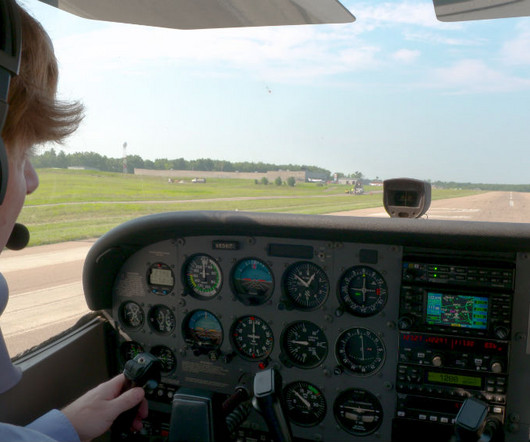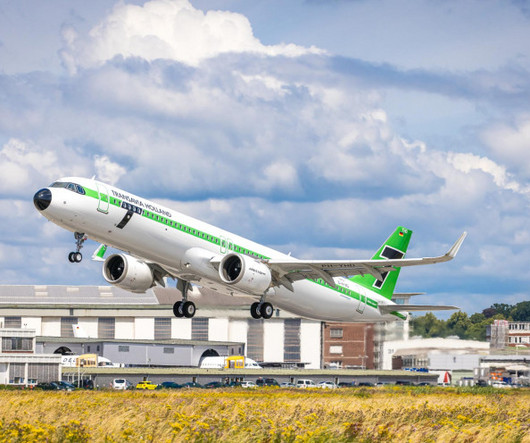Throttle Mismanagement: A T-38 Lesson That Stuck
Air Facts
MAY 14, 2025
As he lifted off from a touch-and-go, I shook the control stick and said, Ive got the jet. After closing the speed brakes and raising the gear and flaps, I turned crosswind at the departure end. Our Talon accelerated as it climbed toward pattern altitude1,500 feet AGL. One day, I had finally had enough. Then I shook the stick.



















Let's personalize your content